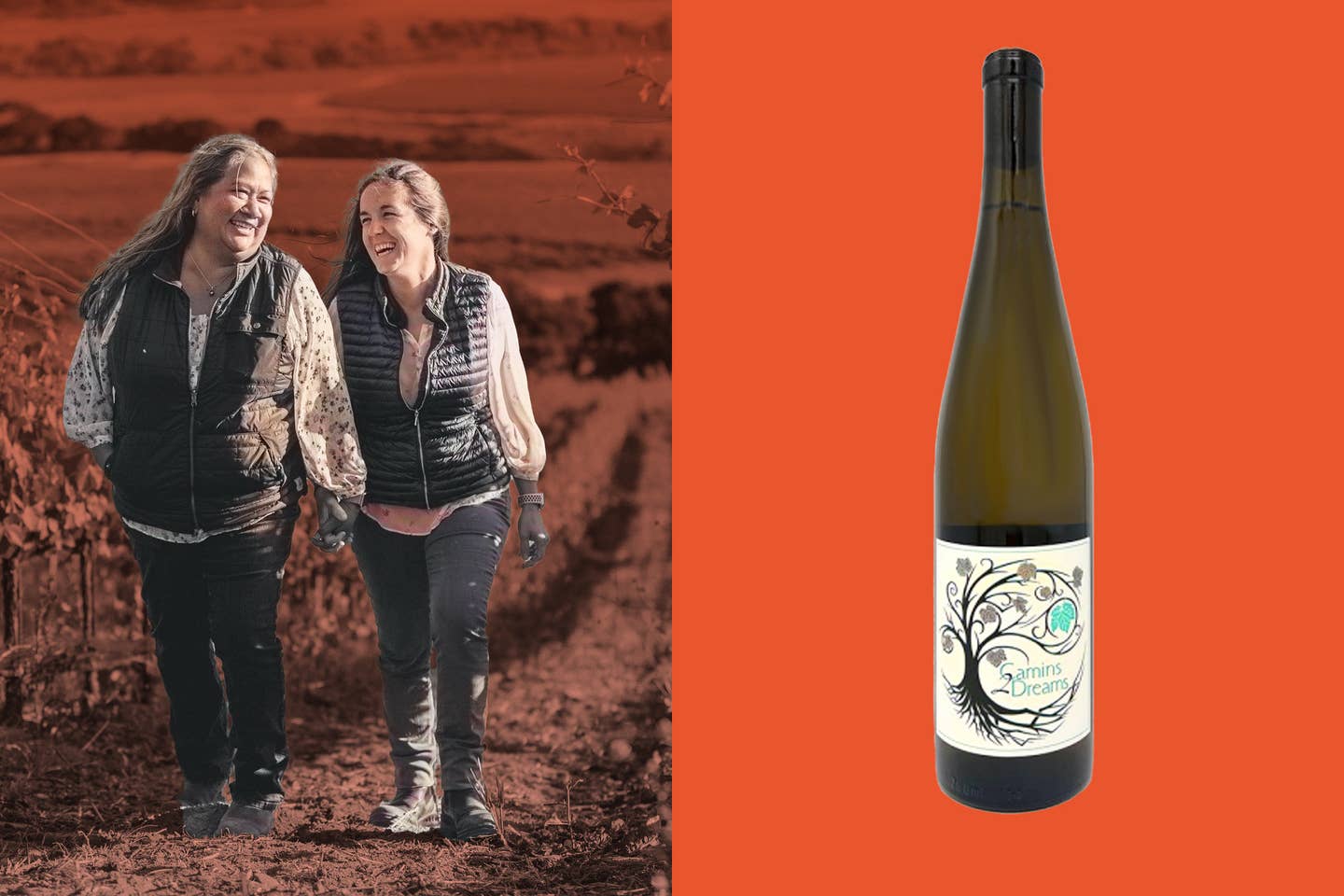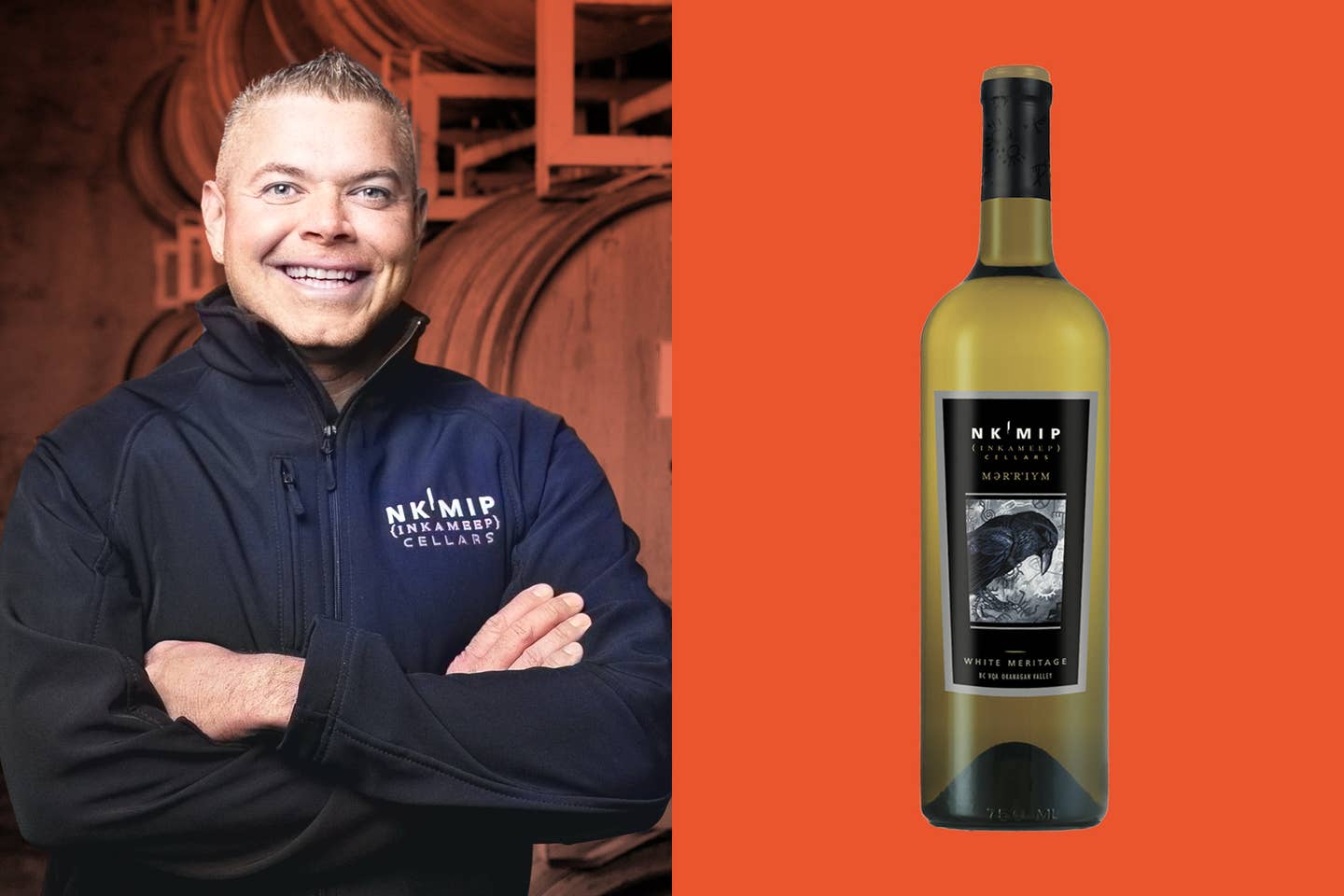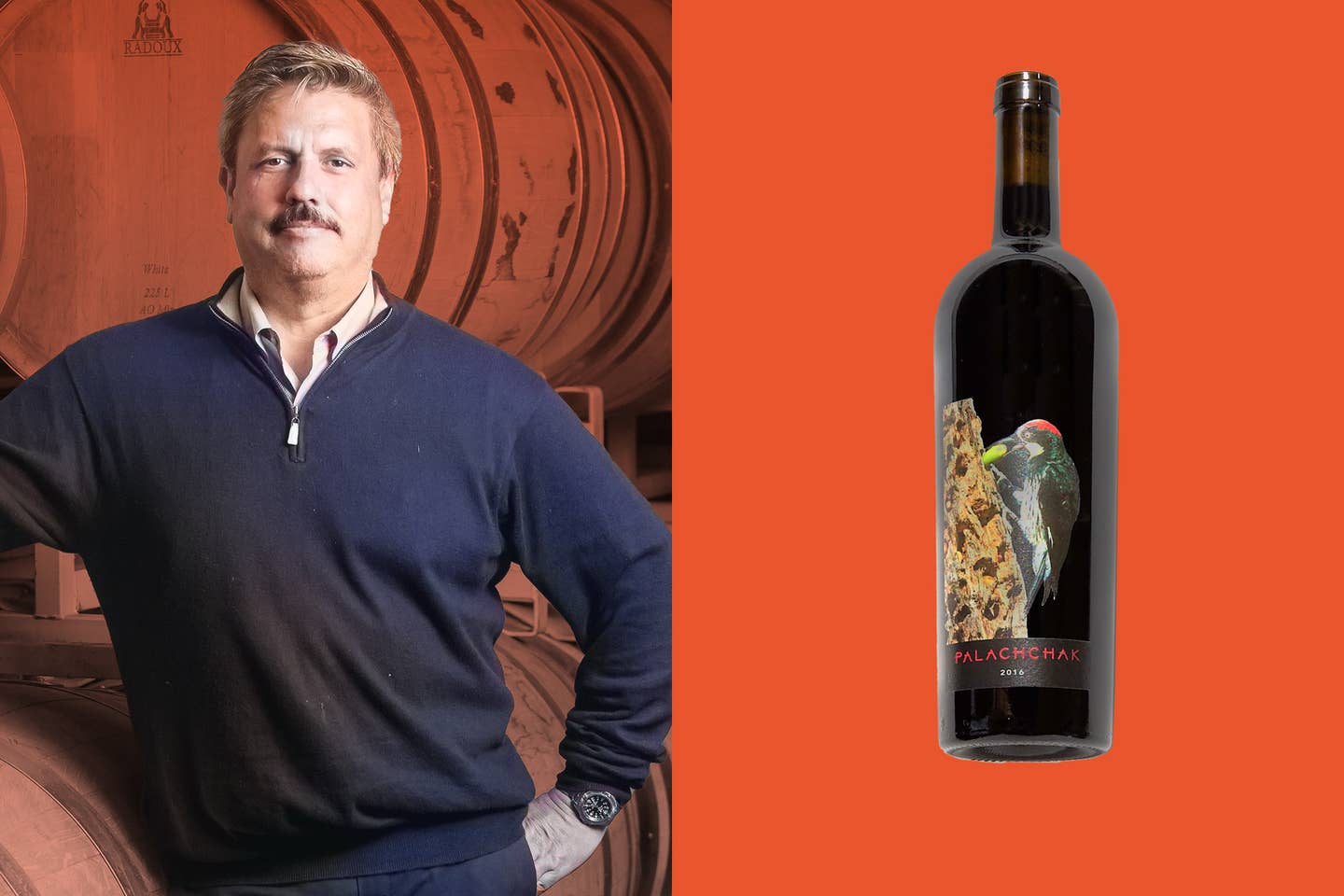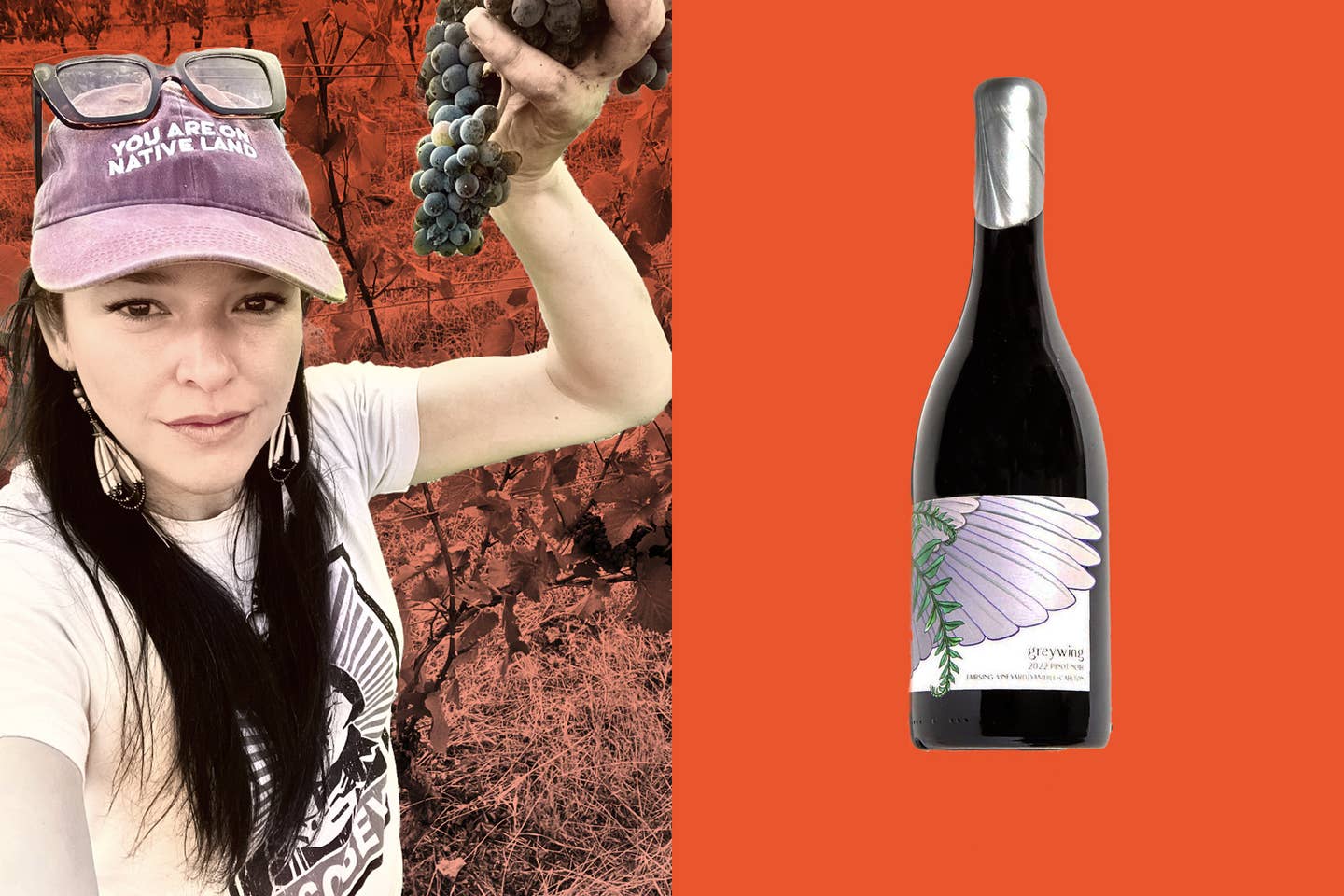“Wine is storytelling,” says Brandy Gray, a former journalist who pivoted to winemaking. One of many few Indigenous vintners in North America, Gray is motivated to signify her father’s Cherokee Shawnee heritage and to share the historical past of tribes in Oregon, the place her Greywing Cellars is predicated.
However tales can shackle as properly: Conversations concerning the shortage of Indigenous winemakers inevitably shadowbox with the “drunken Indian” trope—an inaccurate however entrenched stereotype that Native peoples have a genetic predisposition to alcoholism. This false narrative has made a whole lot of tribal funding in North America contingent on sobriety; alcohol was banned on U.S. reservations till the Nineteen Fifties. As Gray notes, it may also be troublesome to interrupt into an trade steadily predicated on generational wealth. Winemaking has lengthy been a tradition of household dynasties; for individuals who have endured land grabs and compelled relocations, it may be onerous to think about an inheritance like this.
Whereas there are nonetheless comparatively few Indigenous North American wine professionals, their numbers are rising, partly as a result of efforts of Carrie Rau, an Ontario-based sommelier, educator, and chef. In 2020, she cofounded Vinequity, a nonprofit that gives mentoring and scholarships to help the training of BIPOC wine professionals. “We have to increase up individuals who appear to be us,” she says. Of Cree descent, Rau was a part of Canada’s Sixties Scoop, when First Nations youngsters had been forcibly faraway from their households, despatched to residential faculties, and adopted by non-native mother and father. At the moment, she’s on monitor to turn into the primary Indigenous Grasp of Wine in Canada.
Preventing systemic disadvantages has been an uphill battle. “They gave us crappy land,” says winemaker Justin Corridor of Nk’Mip Cellars in Osoyoos, British Columbia, referring to how European settlers and the Canadian authorities curtailed the Osoyoos Indian Band’s sprawling conventional territory to less-fertile scrubland east of the Okanagan River. However in a case of poetic justice, the semi-arid terrain has confirmed supreme for cultivating wine grapes. Now, Corridor helps safeguard the legacy of his ancestors—and redefining generational wealth within the course of.

Regardless of sourcing most grapes from the Santa Rita Hills, the place pinot noir and chardonnay are the hallmarks, Chumash winemaker Tara Gomez and her spouse Mireia Taribó deal with under-represented varieties, together with cool-climate syrah and grüner—comparable to the brilliant, citrusy 2022 gem from their Fiddlestix Winery. Gomez considers mentorship part of her apply. “I’ve walked the trail,” she says, “and I’m right here to help others.”

This mix of sauvignon blanc and sémillon comes from grapes grown by the Osoyoos band in Canada’s Okanagan Desert, the place temperatures can climb above 100°F, but the fruit is balanced by nice acidity and a evenly natural nostril. Winemaker Justin Corridor says, “100 years from now, I need my children’ children to come back right here and say, ‘My grandfather labored this land, and he didn’t destroy it.’”

The product of 120-year-old vines within the Sierra Nevada foothills, this decadent however vigorous zinfandel advantages from 5 years of growing older, and bears the Coast Miwok title for the California acorn woodpecker. Winemaker Rob Campbell’s late mom led efforts to revive the almost extinct language: “Any time we discuss Meyye, we’re talking Coast Miwok,” Campbell says.

Wealthy with berries, this elegant pink hails from prime pinot nation in Oregon’s Yamhill-Carlton area. Winemaker Brandy Gray additionally donates a portion of Greywing’s wine gross sales to Indigenous nonprofits comparable to Undertake-a-Native-Elder, highlighting the neighborhood that helps her. “If I can introduce a subject that we’re not discussing,” Gray says, “that’s honoring my historical past.”